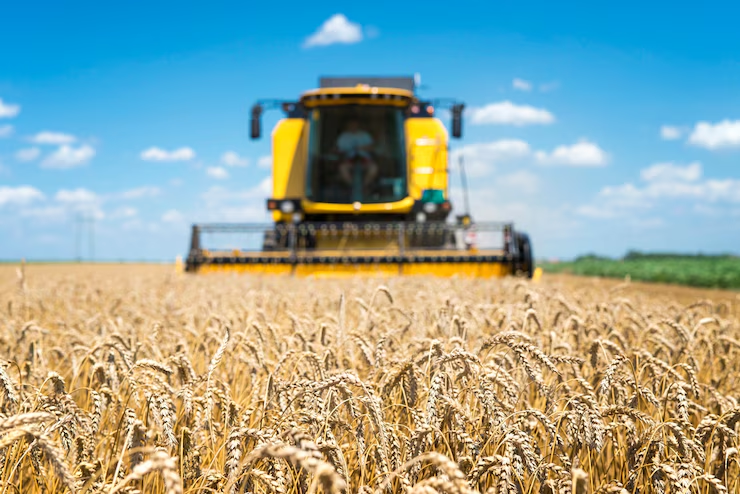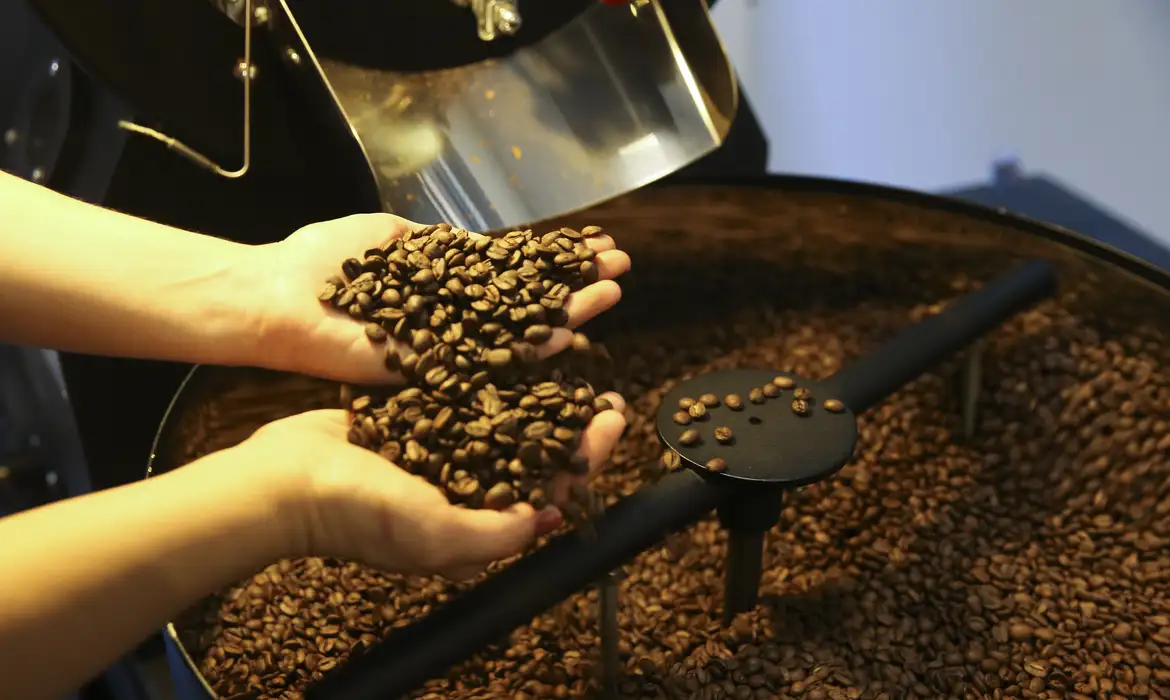In the last 10 years, agricultural production lost BRL 287 billion due to natural disasters

Edna Lautert has always lived in Santo Ângelo (RS), a municipality in the state of Rio Grande do Sul where the main market is agribusiness. She is an announcer on Rádio Sepé AM and follows agribusiness. Edna says that the city has a strong production of soybeans and corn, but last year it suffered from both the rains and the drought. “As there was a drought in January and February (2023), it harmed the soybean crop that was harvested now. Part of the crop was lost and when it got close to harvest, there were frequent rainy days that harmed the rest (of the harvest). .The estimate of 55 bags per hectare of soybeans, but now maybe 24 bags per hectare have been harvested. So, the loss went over 55%”.
Agro specialist, Evandro Oliveira, remembers the La Niña climate phenomenon as one of the climatic factors that impact agricultural production. “We had to deal with this phenomenon that harmed production, which previously was close to 12 million tons. So, with three consecutive La Niñas, production dropped significantly and, currently, projections point to a projection below BRL 9 million”.
And it’s worth the warning. According to the Inmet survey, which predicts the distribution of rainfall over long periods, the month of May reserves rainfall for the North, South and Northeast regions, as explained by meteorologist Andrea Ramos. “The highlight for the month of May is precisely these rains in the northern range, which involve Roraima, Amapá, northern Pará and northern Amazonas. We still have significant rainfall volumes. The South Region maintains a considerable volume, also because you have the entrance of frontal systems, which favors”.
In the cut of the last 10 years, the most affected states in terms of agriculture were Bahia, Minas Gerais, Paraná and Rio Grande do Sul and the period most affected by both excessive rainfall and drought was in 2022.
By Brasil 61




